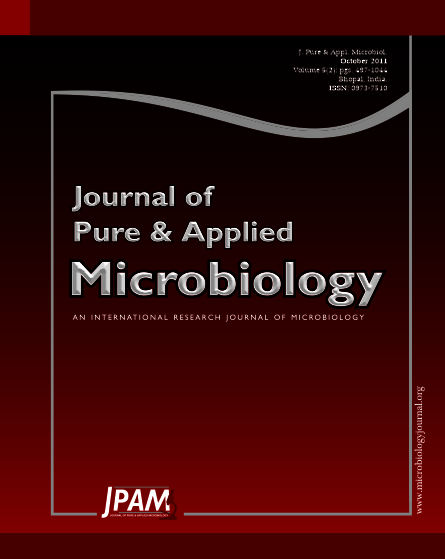Exhaustion of non-renewable energy resources and environmental impacts (pollutants) are becoming serious problems for societies. India is the second major producer of fruits and vegetables in the world. Fruits and vegetables are more prone to spoilage than cereals due to their nature and composition. So we made an attempt to produce ethanol from spoiled starch rich vegetables like wild potato (Solanum tuberosum), sweet potato (Ipomoea batatas), which possess abundant starch. Saccharification (Baterial/Enzymatic) was done in the presence of amylase producing microorganisms (Bacillus Subtilis, Saccharomyces cerevisia). In this process starch is converted into monosaccharide i.e glucose. This glucose was subjected to alcoholic fermentation in the presence of Saccharomyces cerevisiae. This process of fermentation was followed by distillation at 78°C for alcohol extraction. We conducted sacharification and fermentation with single and mixed cultures. We got a yield of ethanol is about 7.5 mg/ml with an enzyme mediated saccharification followed by immobilized yeast fermentation. We also performed fermentation with whole vegetable waste (including cellulose rich vegetables) with single and mixed microbial cultures. Finally, we got 9.98 mg/ml of concentrated ethanol with immobilized mixed culture.
Spoiled starch rich vegetables, Starch saccharification, Baker’s yeast, Alcoholic fermentation, Distillation, Immobilization, Ethanol
© The Author(s) 2011. Open Access. This article is distributed under the terms of the Creative Commons Attribution 4.0 International License which permits unrestricted use, sharing, distribution, and reproduction in any medium, provided you give appropriate credit to the original author(s) and the source, provide a link to the Creative Commons license, and indicate if changes were made.


